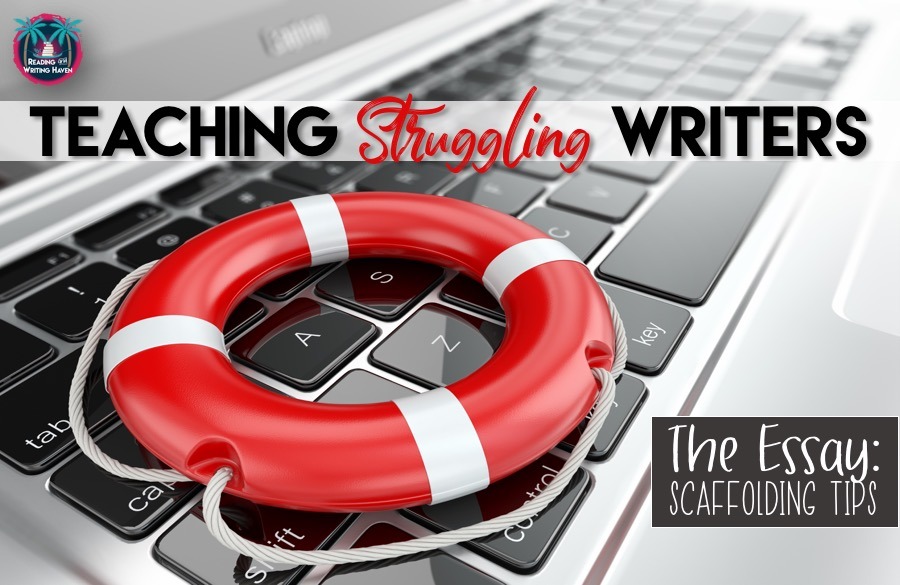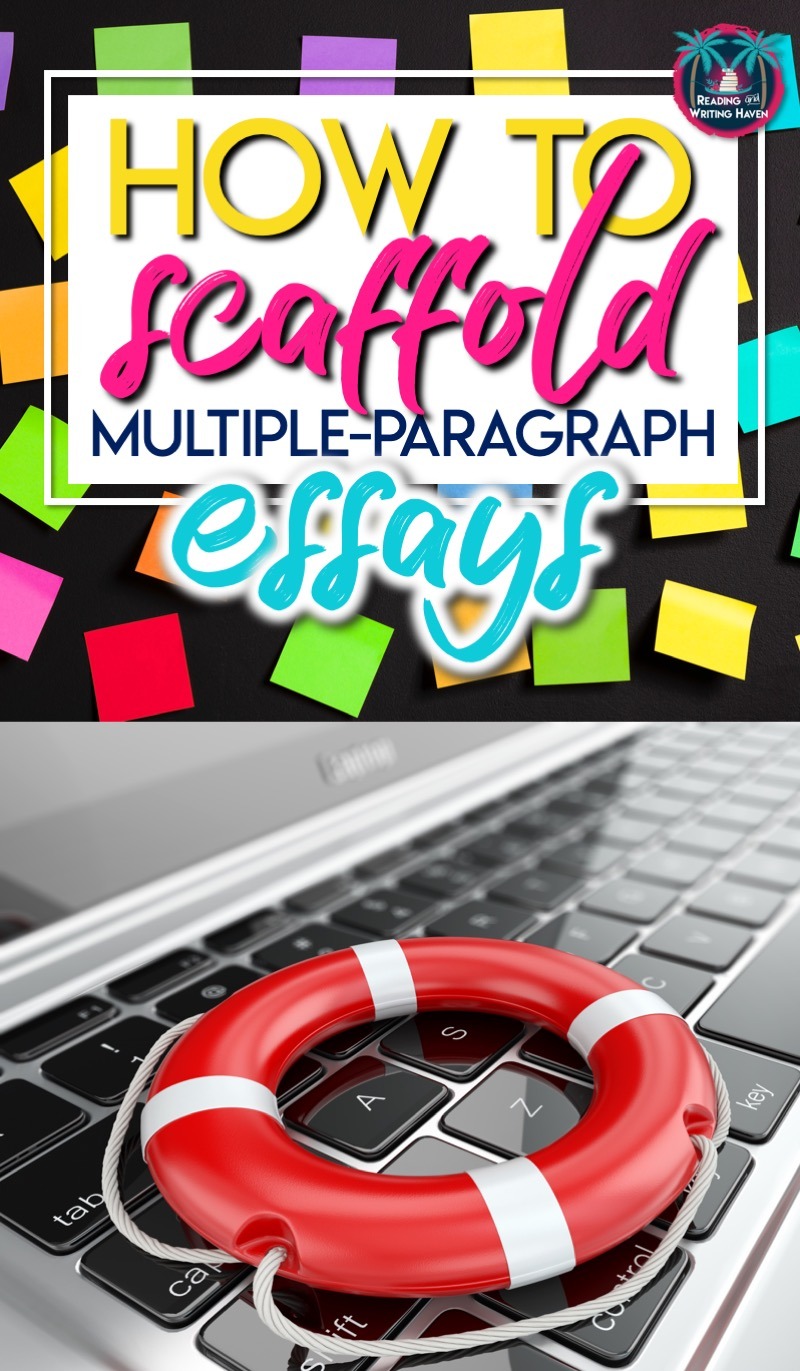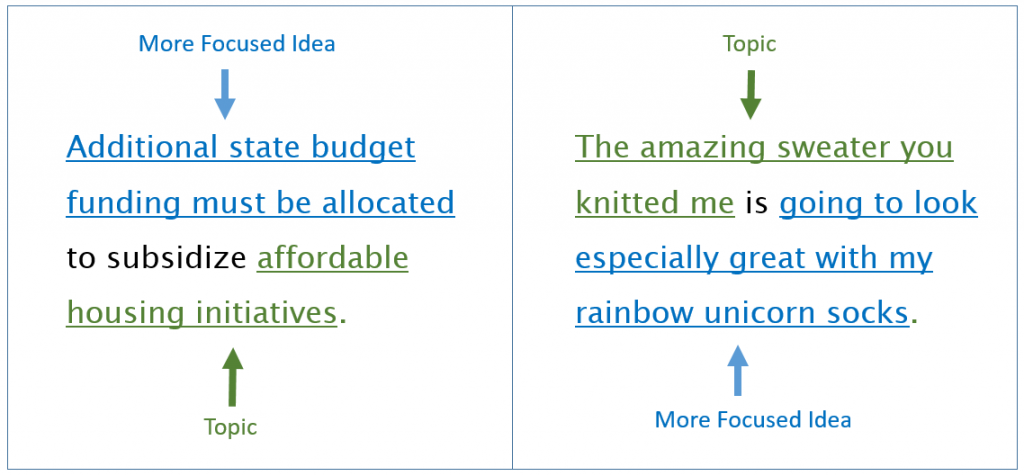
There’s a reason book clubs are so popular, and it’s not just that people want to have motivation to actually read the stuff on their wish lists. It’s that people want to have an excuse to get together, socialize for a few hours and talk about a common interest.
The other night, he asked me whose photo was on the back flap of a picture book we’d just read. I explained that that was the man who had written the book.
Share your story in the comments below to keep the conversation going. Who knows—you might inspire someone else right here!
2. By encouraging someone else’s love of words and stories, you are cultivating an audience of more readers.
4. Sharing makes you feel warm and fuzzy inside.
One of our forthcoming issues of the magazine (stay tuned!) features an author by the name of Jeff Gunhus. In encouraging his 11-year-old reluctant reader son to read, he made up a story about a hero named Jack Templar Monster Hunter—and ended up launching an Amazon bestselling series for young readers in the process. (You can read more about his story—plus his 10 Tips for Reading Your Reluctant Reader—here.)
As a writer, you need an audience. As an aspiring writer, you’ll need future readers. People tell us everyday that the reading public is shrinking. Why not do your part to combat that? As bestseller Brad Meltzer is fond of saying: Ordinary people change the world.
We moved to a new neighborhood over the summer. I was eager to meet our neighbors, hoping my kids would find playmates on our street. Of all the families we’ve met, one family of four has become our fastest friends—and it’s not because our kids are the same age (they’re not) or our backyards meet (they don’t). It’s because the mom is a school librarian and I’m an editor and when her e-reader hold on Gone Girl expired before she was done reading it, I had a copy on my shelf. It’s because the dad reads presidential biographies like they’re going out of style and my husband is addicted to history-themed podcasts. We have since discovered that none of us ever feel like cooking on Fridays. A win-win for everyone, including the pizza man.
My 3-year-old is a ball of energy who almost never sits still—unless we’re reading a story. Every night, he gets to pick two. We snuggle up with his stuffed animals, and most nights, my baby girl listens in, too. It’s my favorite part of the day, and I think it’s theirs, too.

After some prep time (sometimes weeks!) of teaching students about traits of writing, the writing process, MLA skills, and plagiarism, we are ready to begin a class writing activity. We start with the thesis. Having already taught them that an argumentative thesis takes a stance on a controversial topic, I ask, “Who can compose a solid thesis statement for this topic?” (You can give the class a topic, or you can work through selecting one together, which is always interesting.)
Interested in reading more techniques for supporting struggling writers? I can keep going! Here are 14 fresh ideas you can implement today.
Depending on the grade you teach and the maturity of your students, these stems may look entirely different. When I provide my struggling writers with sentence stems, I’ve found it beneficial to do two things:
When you provide feedback, remember that struggling writers already have low confidence. Instead of providing them with a list of ten errors and asking them to revise, try using a one-to-one rule. Give them one accolade for every piece of constructive criticism. This can be so hard! Sometimes you might even have to stretch the truth a bit, but the reward is worth it.
Your students are arguing with you, whining left and right, straying off task, staring at a blank screen, even exhibiting behavior issues. They’ve shut down. You’re only trying to do your job. Why aren’t they cooperating?

These burdens are so similar to what a reluctant writer often feels when rushed into writing a multiple-paragraph essay without proper scaffolding. It would behoove us to keep that feeling of frustration and burnout close to our hearts as we work with struggling writers. Build them up by using best-practices. Take the extra time to do it right, and your students will thrive.
I’ve found success in slowing down my writing units by providing thorough time to model each paragraph. After modeling, I invite students to provide feedback on examples (of only that paragraph – perhaps it’s the introduction or counterargument). A great follow-up approach is to allow students to write a paragraph with a partner. So many of our kids are collaborative learners by nature, and allowing them to tackle an overwhelming task by working with someone else takes half the pressure off of them. Finally, students are ready to tackle a paragraph on their own.
Don’t be afraid to take it slow. When I teach the research writing process to my at-risk freshmen, I block off an entire nine weeks. During this time, we still do choice reading and grammar, but I dedicate the majority of the curriculum to writing time.

Improved presentation of a topic: While it’s a common belief that the use of cell phones causes lower levels of concentration and focus, cell phone use does have a place in the classroom, and smart phones should be considered a valuable educational tool.
In The Cat in the Hat there is plenty of action, depicted in the wild antics of the cat, and later in the amazing but dangerous and messy tricks of Thing 1 and Thing 2. All this excitement and action naturally draws children into the story and keeps the plot moving forward at a pace that maintains their interest. The careful balance of action, tension, and relatability is what makes Dr. Seuss’s The Cat in the Hat an enduring childhood favorite . There is definitely tension to be resolved here. The fish senses danger and constantly warns the children not to participate in the cat’s perilous stunts. And later, as the mother’s return becomes more imminent, the children begin to heed the fish’s warning and finally wish to contain the chaos and clean up the mess, but how? While this plot is fantastic enough to fuel any child’s imagination, it also contains a problem with which any child can relate: a mess and the threat of a parent’s disapproval.
Most topics are expansive, so they require more focus—whether in a thesis statement or a topic sentence—to provide a narrower view of the broader subject. This narrower and more focused view also often seeks to persuade the reader to see things from the writer’s perspective.
One area where you’re likely to find implied topic sentences is in narrative essays. In narratives, as in novels or other works of creative writing, readers often prefer to glean the meaning from the text rather than to have it thrust upon them. Writers also often prefer to imply themes and ideas rather than spelling it out for their readers. There are also times when your main idea will be obvious enough without having to come out and state your topic sentence. If you’re not sure about whether or not an implied topic is working in a paragraph, write an explicit topic sentence for the paragraph. Read the paragraph with and without your new explicit topic. Does addition of the explicit topic improve the clarity of the paragraph or essay? Share the essay with a couple of friends or classmates and get some second opinions.
Topic Sentence-Details-Topic Sentence

Side note. While we’re on the subject of speech class, let’s talk about how the presentation of topics in an academic essay differs from the presentation of topics in a speech. Beginning speech writers often use obvious verbal signposts to announce main ideas, transitional moments, or concluding thoughts.
With this in mind, take some time to contemplate the diagrams in the figure below. The widest point of each diagram (the bases of the triangles) represents the topic sentence of the paragraph. As details are presented, the topic becomes narrower and more focused. The topic can precede the details, it can follow them, it can both precede and follow them, or the details can surround the topic. There are surely more alternatives than those that are presented here, but this gives you an idea of some of the possible paragraph structures and possible placements for the topic sentence of a paragraph.
Consider the following paragraph from an essay titled “The Bothersome Beauty of Pigeons,” by author and Boise State writing professor, Bruce Ballenger. It’s important to note that this is a personal narrative essay rather than a more traditional academic essay, but it the paragraph provides a good example of an implied topic. In this essay Ballenger takes the time to consider the beauty of pigeons, a bird that’s usually thought of as nothing more than a nuisance. Just prior to this paragraph, Ballenger talks about how he used a fake owl to scare away pigeons on his property. He goes on to explain

Studies show that reading for pleasure makes a big difference to children’s educational performance. Likewise, evidence suggests that children who read for enjoyment every day not only perform better in reading tests than those who do not, but also develop a broader vocabulary, increased general knowledge and a better understanding of other cultures.
Please let us know if there are any other blog topics you would like for us to cover in the future or if you have any questions regarding our content.
“The more you read, the more things you know. The more that you learn, the more places you’ll go.” This is a famous quote by Dr Suess. And it’s 100% accurate. The importance of reading skills cannot be stressed enough. As a teacher, I often find that when I express my concern about a child’s reading ability and comprehension to parents, particularly at around the age of 10, parents are quite taken aback and I’m greeted with “but they’re so young, give them a chance.” When a teacher shows concern in this area, it is with due cause. Reading is fundamental in helping us find and convey information. It’s an essential skill that’s developed at a very young age. Here’s why reading is beneficial to all of us, and how the importance of reading comprehension is essential to understanding the world around us.
It’s very easy to lose track of what you’re reading if you don’t understand some of the words, but we all tend to skim over words we don’t know on occasion without taking the time to look them up. Learning new vocabulary will help your child get a deeper understanding of what they’re reading. Ask your child to write down any words that they don’t understand and you can look up the meanings together.
Everything you need to know about improving your child’s active listening skills

Learning to read is about listening and understanding as well as working out what is printed on the page. Through hearing stories, children are exposed to a wide range of words. This helps them build their own vocabulary and improve their understanding when they listen, which is vital as they start to read.
Does your child have any learning barriers? Are you maybe not sure? Here’s everything you need to know!
A good place to start, would be to make an appointment to speak with your child’s teacher. The best thing that can happen is for parents and teachers to begin talking together to plan ways to help a child overcome or cope with his or her reading difficulties. You can be supportive at home while the teacher can accommodate your child’s needs and work to increase his or her skills in the classroom. Together you can make sure the help a child receives out-of-school meshes with what’s happening in school. When you meet, ask questions such as:
– Do you think my child is having trouble with reading?
– What specific trouble is my child having?
– What can I do to help my child at home?
– What can be done to help my child in class?
– Which reading group is my child in?
– How is he or she doing compared to other students?
My sister just quit her job recently and asked me to help her in choosing a book to read with all the free time she now has. I appreciate you helping me learn about the benefits of reading, and I definitely agree with what you said that that it helps you have new learnings on the things that interest you the most. Since she will mostly be staying at home, I think I would recommend an adventure book to her so that she can still satiate her wanderlust from her couch.

♥Create Prompts: You will want to create Informative and/or Opinion [Persuasive] Essay Writing prompts. Look at samples from your state assessment website to format prompts the same. This will help students to become familiar with the assessment format.
Implement your Social Studies content into your Writing block as sources for your essay writing!
Every year create a year long planning guide to utilize as a scope and sequence. It allows you to plan out the Social Studies content each nine weeks alongside the Reading Informational Standards.
After students complete the process in each paragraph from the first source, they then go back and re-read the source, followed by re-reading in order their one sentence main ideas. Using these close reading and main idea strategies deepen students comprehension of the text resulting in an awareness of the most important pieces of evidence to use when planning and writing their essay.
STEP 3:

This allows for Repeated Readings. Repeated Readings is a strategy you can model for students demonstrating how to increase comprehension and it is a test taking strategy.
Tip: Aside from what you are provided in the Social Studies curriculum in your building, research the content areas and make a running list of materials you can implement into your instruction.
As a 5th Grade ELA teacher, my partner and I share Social Studies instruction for our two homerooms. Even though I’m not responsible for Science instruction, the truth is the Science assessments are based on Reading Informational Standards with Science content. I then took a closer look at how I could use subject area content not only to teach with Reading Informational Standards, but as well as my Essay Writing Standards.
In your Reading Block, introduce the Standard and Objective. Then use a familiar text, one of the 3 writing sources, as a warm read. A warm read, meaning you have already introduced this specific source during the writing block therefore students have already seen the text. Model the informational standard through the warm read of Social Studies content.
